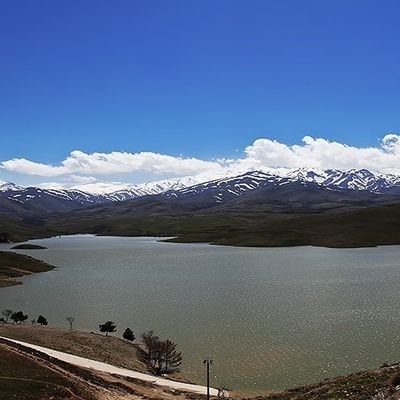SAEDNEWS: Fossils found in unexpected locations reveal surprising insights about Earth’s dynamic history. These ancient remains challenge perceptions of geography, ecosystems, and evolution, offering clues to the planet’s transformative past.

According to SAEDNEWS, fossils, the preserved remains of ancient organisms, typically evoke images of excavation sites in plains or valleys. Yet, paleontologists have uncovered fossils in unexpected places—mountaintops, deserts, and even under urban landscapes. These discoveries challenge our understanding of Earth’s past, providing evidence of shifting continents, vanished oceans, and extinct ecosystems.

Marine Fossils in the Himalayas
One of the most astonishing examples of fossils in unusual places is the discovery of marine fossils, such as ammonites, at high altitudes like the Himalayas. These remains indicate that the towering peaks were once part of ancient seabeds millions of years ago. The phenomenon is explained by plate tectonics. The collision of the Indian and Eurasian tectonic plates caused the seafloor to rise, forming the Himalayas and preserving marine life within the rock layers.
Similar marine fossils have been found in the Alps, Andes, and Rocky Mountains, offering further proof of geological uplift. These discoveries not only highlight Earth’s dynamic nature but also help scientists reconstruct ancient oceanic environments.

Skeletons in the Sahara
The Sahara Desert, one of the driest places on Earth today, was once a lush, thriving ecosystem. Fossils of giant crocodiles, fish, and even whales have been unearthed, revealing that the region was covered by ancient rivers and seas millions of years ago.

The Gobi’s Dinosaurs
The Gobi Desert in Asia is a treasure trove for dinosaur fossils. From well-preserved dinosaur eggs to entire skeletons, the arid landscape has provided invaluable insights into prehistoric life. Fossils found in deserts often owe their preservation to the dry conditions, which slow the decay process.
Urban construction projects occasionally reveal fossils hidden beneath layers of modern infrastructure. In Los Angeles, for instance, the La Brea Tar Pits have yielded an extensive collection of Ice Age fossils, including mammoths and saber-toothed cats.
Even bustling cities like New York have revealed fossils of ancient marine creatures embedded in the bedrock, dating back to when the region was submerged under prehistoric seas.

Fossils of tropical plants and animals discovered in the Arctic and Antarctica suggest that these icy landscapes were once warm and verdant. Fossilized ferns, palm trees, and reptiles like the prehistoric crocodile relative Champsoaur provide evidence of Earth’s warmer climate millions of years ago.
These findings are linked to plate movements and past greenhouse conditions, which kept polar regions free of ice. They also offer insights into how life adapted to changing climates.
Fossils in unexpected locations help scientists piece together Earth’s climatic history. By analyzing these remains, researchers can infer past temperatures, atmospheric conditions, and environmental changes.
The presence of marine fossils on mountains or tropical fossils in the Arctic underscores the role of plate tectonics in shaping the planet’s geography. These movements have altered ecosystems and influenced the distribution of species over time.
Discoveries like dinosaur remains in deserts or marine fossils in cities reveal ecosystems that no longer exist, enriching our understanding of biodiversity and extinction events.
Fossils found in unexpected places remind us of Earth’s incredible capacity for change. They serve as time capsules, preserving stories of vanished oceans, shifting continents, and evolving climates. Each discovery adds a piece to the puzzle of our planet’s history, inspiring awe and deepening our understanding of the natural world.

